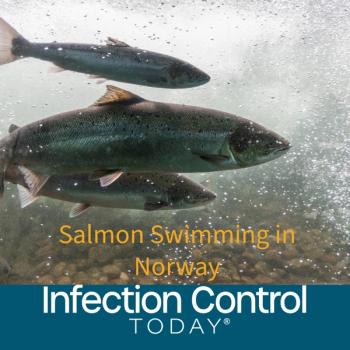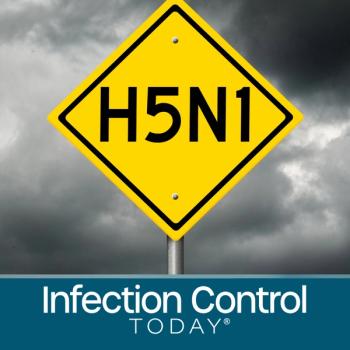
Infectious Disease Organizations Urge Trump to Bolster PPE Supply to Fight COVID-19
The Defense Production Act gives the federal government broad authority to direct private companies to meet the needs of national defense.
The leaders of the top infection control professional associations in the United States want President Trump to reauthorize the Defense Production Act to immediately ramp up the manufacture of personal protective equipment (PPE) in the face of the growing COVID-19 threat. “In health settings across the country, we are confronting shortages of essential equipment-including viral culture swabs, gloves, masks, eye protection, gowns and ventilators-that we need now to diagnose and treat patients and to maintain a healthy and sufficient workforce in the face of this fast-moving and destructive virus,” they said in a
David K Henderson, MD, SHEA’s president, was one of the signers. The others were Thomas M. File, Jr., MD, the president of the Infectious Diseases Society of America, Judith Feinberg, MD, chairwoman of the HIV Medicine Association, Kristina A. Bryant, MD, president of the Pediatric Infectious Diseases Society, and Jason M. Pogue, PharmD, president of the Society of Infectious Diseases Pharmacists.
“Infectious diseases and HIV physicians, healthcare epidemiologists and other medical professionals on the frontlines defending our country from COVID-19 urgently need equipment and supplies to protect themselves, identify infections, treat patients, and save lives,” says the statement.
The
“We ask President Trump to immediately implement it to increase production of urgently needed medical supplies and equipment, before it is too late,” the leaders of the infectious disease associations say their statement. “As leaders of organizations representing infectious disease, healthcare epidemiology and pharmacological specialists and health providers, we urge President Trump to respond swiftly and strongly to the evolving and increasing needs that this pandemic will continue to present.”
Newsletter
Stay prepared and protected with Infection Control Today's newsletter, delivering essential updates, best practices, and expert insights for infection preventionists.






